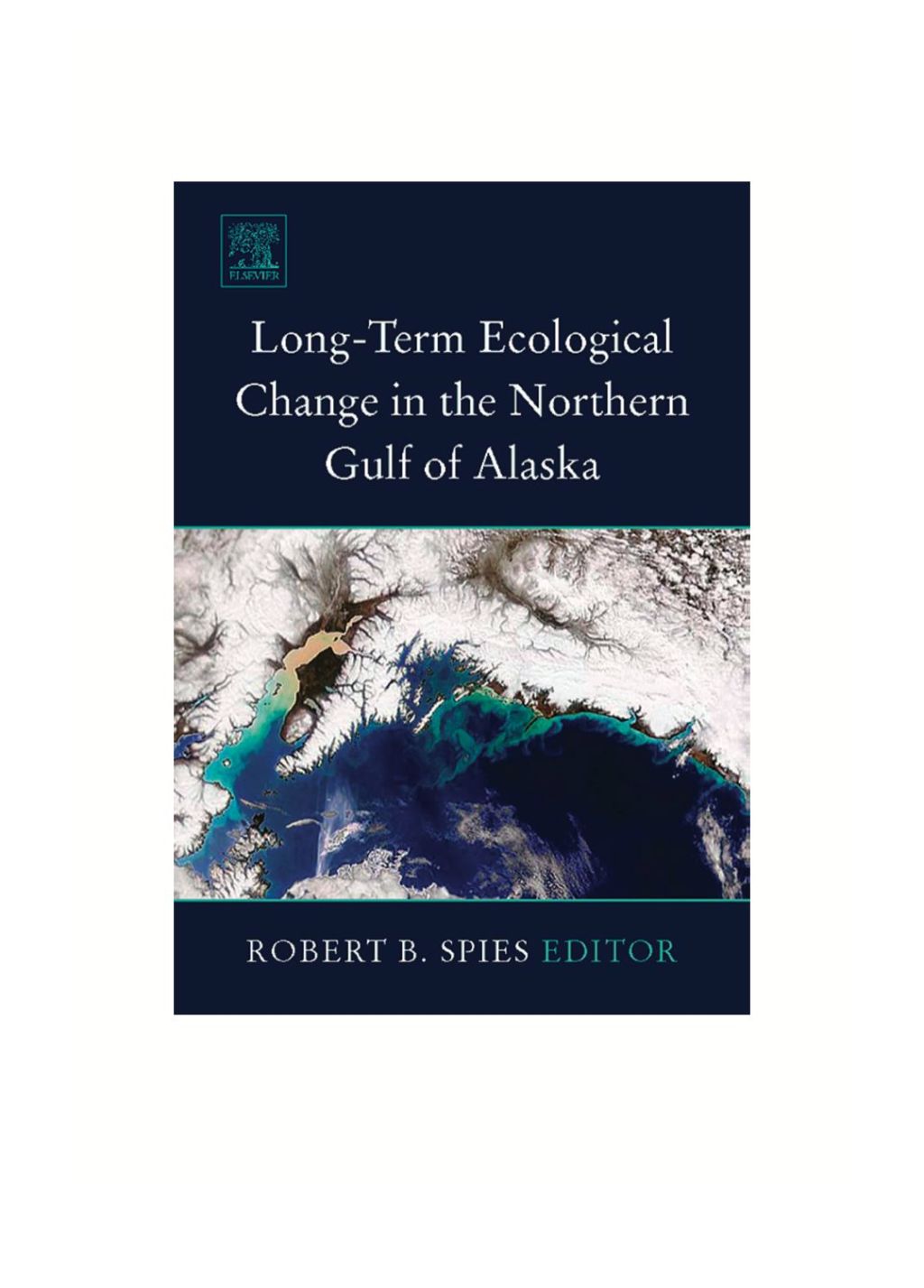Additional information
| Full Title | Long-term Ecological Change in the Northern Gulf of Alaska |
|---|---|
| Author(s) | R.B. Spies |
| Edition | |
| ISBN | 9780080469423, 9780444529602 |
| Publisher | Elsevier Science |
| Format | PDF and EPUB |
Original price was: $120.00.$24.99Current price is: $24.99.
Access Long-term Ecological Change in the Northern Gulf of Alaska Now. Discount up to 90%
| Full Title | Long-term Ecological Change in the Northern Gulf of Alaska |
|---|---|
| Author(s) | R.B. Spies |
| Edition | |
| ISBN | 9780080469423, 9780444529602 |
| Publisher | Elsevier Science |
| Format | PDF and EPUB |
This comprehensive text is a major synthesis on ecological change in the Gulf of Alaska. It encompasses the structural and annual changes, forces of change, long-ecological changes in the atmosphere and ocean, plankton, fish, birds and mammals, and the effects of the 1989 Exxon Valdez Oil Spill.
With 5 major sections, Long-term Ecological Change in the Northern Gulf of Alaska first describes the physical features, the atmosphere and physical oceanography, the annual production cycle, the forage base for higher animals and trophic transfer, and the adaptations for survival in this changing environment for 9 portal species. Then, the major forces of change are introduced: climate, geophysics, fisheries and harvesting, species interactions, disease and contaminants. Next, the long-term records of change in physical factors and biological populations are presented, as well as the potential reasons for the biological changes. Following is the history of the Exxon Valdez oil spill and its long-term effects. And, finally, the emergent properties of the ecosystem are discussed and an attempt is made to weigh the importance of the major forcing factors in terms of their temporal and spatial scales of influence.
* Examines important data on long-term change in the ecosystem and the forcing factors that are responsible for it
* Provides an account of the 1989 Exxon Valdez oil spill with emphasis on the long-term effects
* Describes the effects of climate change, geophysical change, species interactions, harvesting, disease, the 1989 oil spill, and marine contaminants on key populations of marine organisms
Original price was: $120.00.$24.99Current price is: $24.99.
Access Long-term Ecological Change in the Northern Gulf of Alaska Now. Discount up to 90%
| Full Title | Long-term Ecological Change in the Northern Gulf of Alaska |
|---|---|
| Author(s) | Spies, R.B. |
| Edition | |
| ISBN | 9780444529602, 9780080469423 |
| Publisher | Elsevier Science |
| Format | PDF and EPUB |
This comprehensive text is a major synthesis on ecological change in the Gulf of Alaska. It encompasses the structural and annual changes, forces of change, long-ecological changes in the atmosphere and ocean, plankton, fish, birds and mammals, and the effects of the 1989 Exxon Valdez Oil Spill.
With 5 major sections, Long-term Ecological Change in the Northern Gulf of Alaska first describes the physical features, the atmosphere and physical oceanography, the annual production cycle, the forage base for higher animals and trophic transfer, and the adaptations for survival in this changing environment for 9 portal species. Then, the major forces of change are introduced: climate, geophysics, fisheries and harvesting, species interactions, disease and contaminants. Next, the long-term records of change in physical factors and biological populations are presented, as well as the potential reasons for the biological changes. Following is the history of the Exxon Valdez oil spill and its long-term effects. And, finally, the emergent properties of the ecosystem are discussed and an attempt is made to weigh the importance of the major forcing factors in terms of their temporal and spatial scales of influence.
* Examines important data on long-term change in the ecosystem and the forcing factors that are responsible for it
* Provides an account of the 1989 Exxon Valdez oil spill with emphasis on the long-term effects
* Describes the effects of climate change, geophysical change, species interactions, harvesting, disease, the 1989 oil spill, and marine contaminants on key populations of marine organisms
